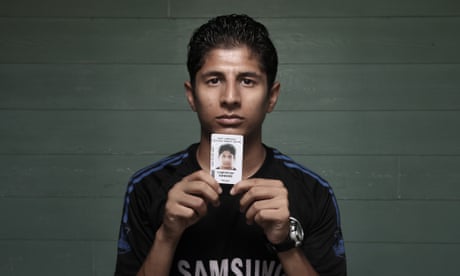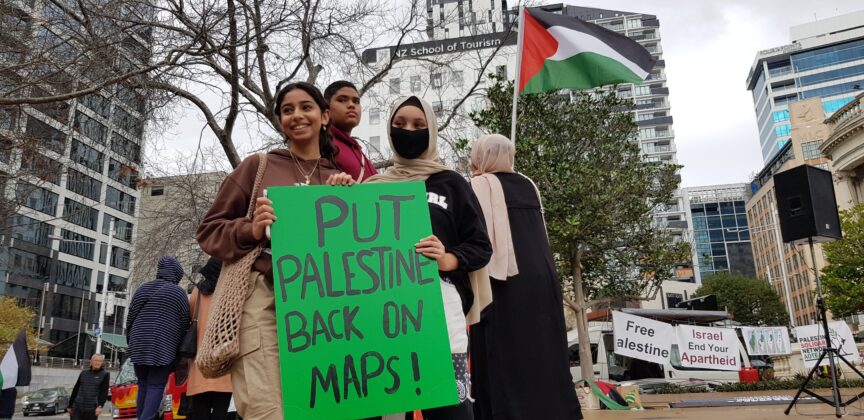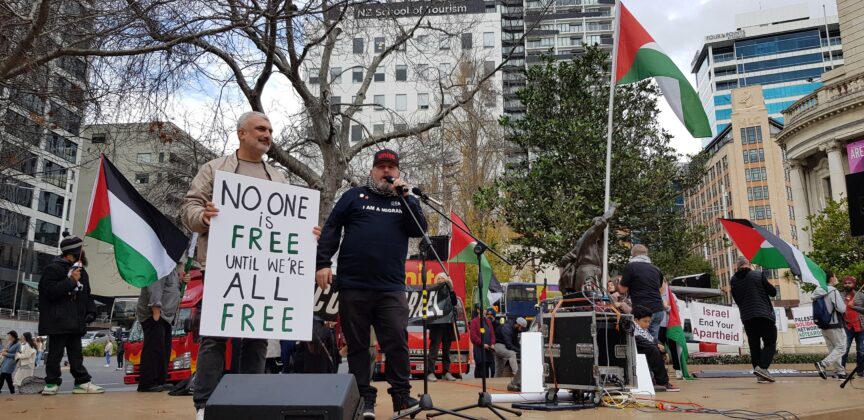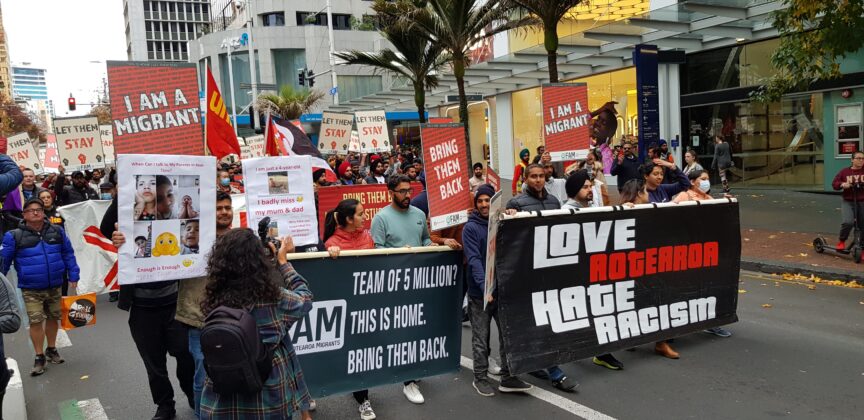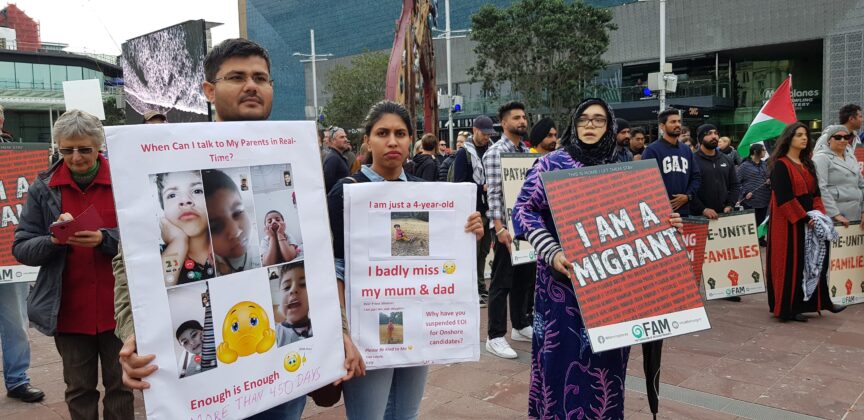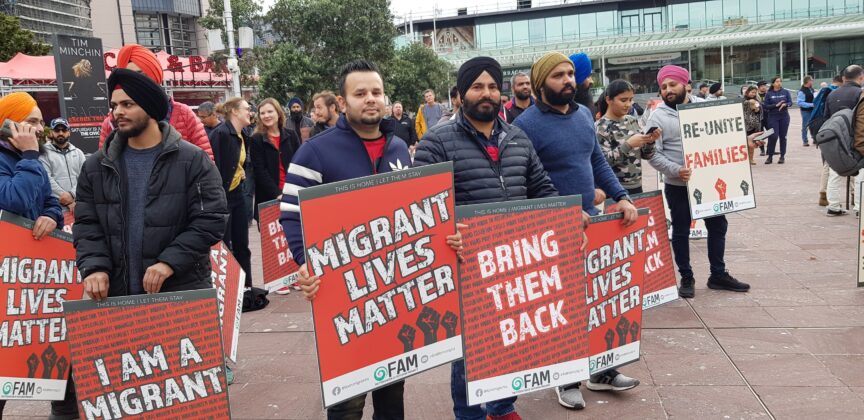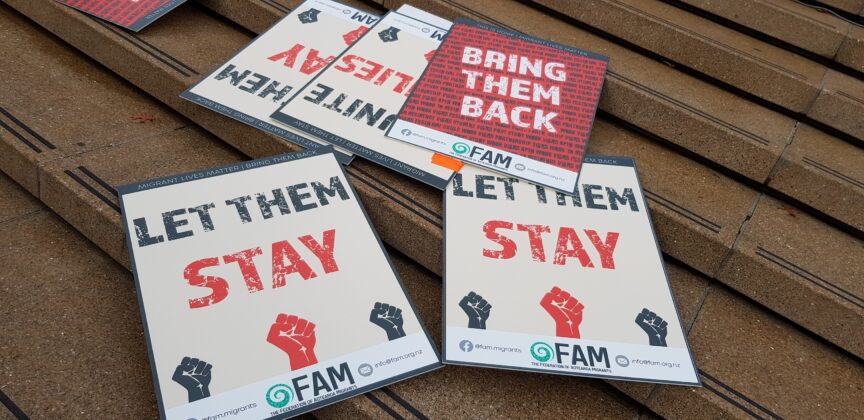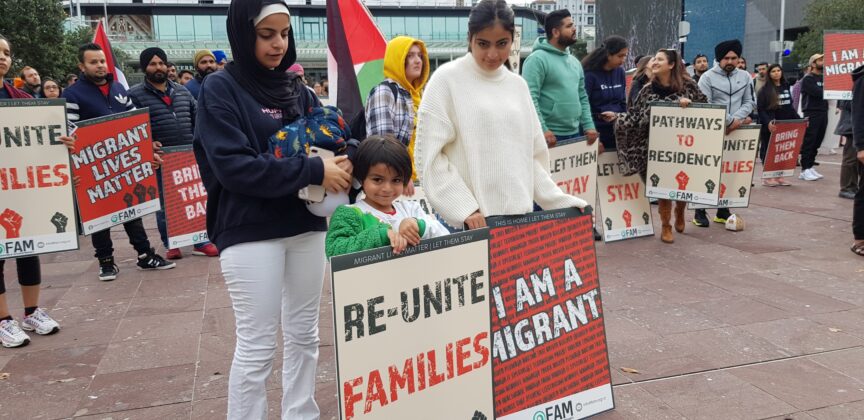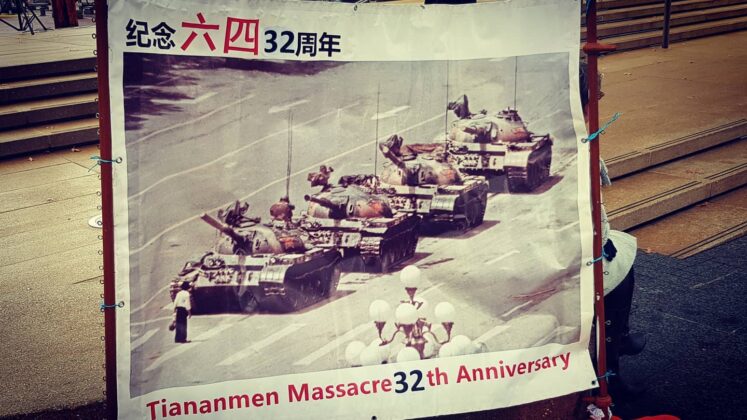Dear Umbra,
Why would humans not be able to adapt to climate change? Don’t humans adapt easily?
— Can Humans Adapt, Not Go Extinct?
Dear CHANGE,
With all the extreme weather events that are happening in the world today, it can feel like the environmental changes that climate scientists have long warned us about are suddenly happening so fast. As such, I am sympathetic to a panicked reaction along the lines of: It’s all over, and we need to get in gear for our new Mad Max reality. But before you start recruiting a band of gauzy-gowned, machine gun-toting waifs, I think it’s worth revisiting the difference between climate mitigation and adaptation.
Climate mitigation includes everything we do to try to limit the amount of greenhouse gases that get into the atmosphere, in an attempt to avoid truly catastrophic levels of global warming: replacing fossil fuels with renewable energy, constructing better-insulated buildings to conserve resources, reimagining our entire transportation system, and all that.
These are major changes, of course, and it’s proven deeply difficult so far to get humans to make them. In the stark words of a Brookings Institute analysis of the politics of climate change, “the dire warnings, the scientific consensus, and the death toll from unprecedented climate events have failed to move the public very much.” We have seen carbon taxes die on the ballot, politicians allowing oil and gas drilling to proceed on public lands, and — in quite recent memory — elected a president who openly denies climate change. Even the act of eating a hamburger has been framed as a sacred political right to protect.
That stubborn tide may be turning, however, according to polling on how alarmed and motivated Americans are about climate change, and there’s widespread scientific consensus that avoiding the worst-case global warming scenario is not necessarily a lost cause if we act now-ish. But of course, we know the planet has already gotten quite a bit warmer compared to pre-industrial levels. So in addition to trying to decarbonize everything from the entire economy to our commutes in very short order, we need to adapt: or, in other words, get used to the realities of this new, heated-up world.
Climate adaptation includes everything we’re doing to try to reshape our lives given the scope of the climate crisis already underway, in addition to planning for what horrors might come down the line. Adaptation is an acknowledgement that this problem is probably going to get worse before — or indeed if — it gets better.
I think you are asking: Haven’t humans done that for millennia? Yes, humans’ ability to adapt to dire circumstances has been famously documented, for example, in Primo Levi’s memoir Survival in Auschwitz. The book is an account of his time in the infamous concentration camp during the Holocaust. In it, Levi describes in detail the psychological and physical adaptation that was necessary, in such horrific circumstances, to simply make it through the day.
Debating whether climate change is as great a tragedy as the Holocaust is a nightmare I don’t want to get into, but this comparison is meant to provide some context for the extreme levels of mental and physical suffering humans are capable of handling. Even so, that ability to adapt isn’t a guarantee for survival, especially when it comes to what climate researchers say is coming. The homes of an estimated 1.2 billion humans, located largely in the tropics, are on track to become too hot for normal habitation in the next 50 years.
As far as a human’s biological capacity to adapt to a warmer world, it is possible that we could evolve to be more heat-tolerant. We might, for example, develop denser sweat glands and longer limbs to better dissipate heat. But those changes would take far longer than 50 years to manifest; as we know, evolution happens over generations through the process of natural selection.
Rick Potts, a paleoanthropologist and director of the Smithsonian Institute’s Human Origins Program, emphasizes that climate adaptation is about a lot more than biology, and evolution is not synonymous with progress. “The long course of human evolution shows that climate disruption, which is what we’re going through right now and in the foreseeable future, is associated with the demise of ways of life,” he said. When we see “the extinction of species, of certain kinds of technologies, out of the ashes of those ways of life can come new behaviors and ways of appearing.”
As difficult as it may be, there is a vast scale of loss associated with climate change that one has to try to comprehend and accept in order to understand the urgency of the situation. There is death, of course, such as the scores of people killed by last month’s Pacific Northwest heat wave, or the hundreds lost due to floods in China and India in just the past two weeks. There is the abandonment of homes and the hardship endured by those forced to leave them. There is the extinction of species, animals and plants and coral reefs and all kinds of living things, those we depend on and those with which we simply share ecosystems.
The process of adapting to any of these alarming and rapidly changing circumstances involves answering questions, most of them very hard. To start, let’s talk about what it takes to build a seawall, a fairly straightforward, not-very-emotionally-challenging human adaptation to climate change. How should one mobilize the money to undertake the project — with public or private funds? Do voters have to approve its funding with some kind of tax — and if so, how do you win those votes when climate is such a politicized issue? How would such a wall affect erosion or local ecosystems, and what would have to be done to minimize any negative effects? If approved, who should build the wall, and how long will it take? If a sea wall were to fail, should you just move away altogether?
That last question is a more complicated but very real dilemma for a number of coastline communities right now. Mariam Chazalnoel, a senior policy officer with the United Nations who works on climate migration, says that the simple fact of migration forced by a changing climate or natural disasters is something only recently accepted in government circles. The logistics of that migration are, of course, incredibly complicated: How do you convince a community that their home will not be habitable? How do you make room for rural refugees to live in a crowded city? All of these, too, are adaptation questions, and they haven’t proven easy to answer.
And none of them even begin to address the possibility of an impending mental health crisis due to the upheaval associated with managed retreat and other forms of climate migration. “The psychological impact [of upheaval] is extremely important and something that is not necessarily discussed much at the moment,” Chazalnoel said. “More and more we’re seeing that there are psychological impacts to migration in the context of climate change, the main one being loss of traditions, habitat, and cultural heritage, and the distress that comes with moving away from the land where your ancestors are buried, where you’ve lived all your life. It does create anxiety and anguish.”
These losses can manifest in subtler ways too. There has been a great deal written about the specific sadness associated with the smoke-filled skies of the western part of the country (and now the eastern, too.) The writer Anne Helen Petersen, in a recent issue of her newsletter, wrote that a favorite season is “the season that makes you feel most like yourself” and the drought-fueled wildfire season that has filled her Montana summer skies with smoke had made that particular sense of self falter: “Who am I without the restoration of my favorite season? What is my axis, if not this time? How do I feel like myself when the windows are always closed, when the air inside feels tinny and canned, when all of this feels like our future?”
These questions are difficult and draining! And of course, there are many who might read these musings and think: Must be nice, to have your experience of climate change restricted to an emotional reckoning! (Petersen readily acknowledges this.)
Long story short, and in the words of Potts, the paleoanthropologist, “We are incredibly adaptable, but at the psychological level there’s tremendous disruption among families, societies, nations, etc., when that change occurs.” Some of that change is a given, but not all of it.
Climate mitigation is hard, and we are running out of time to do it, but I would argue that adaptation in its absence will actually be a million times harder. Without substantial cuts to our collective carbon imprint, many more lives will be lost trying to adapt to a changed environment, and countless more will be made meaningfully worse. Why wouldn’t we do what we can to avoid that?
Realistically,
Umbra
This story was originally published by Grist with the headline Humans are adaptable. But can we handle the climate crisis? on Jul 29, 2021.
This content originally appeared on Grist and was authored by Eve Andrews.
This post was originally published on Radio Free.

 I have hope that today’s apology will play an important part in the healing process for our people, our aiga and fanau.
I have hope that today’s apology will play an important part in the healing process for our people, our aiga and fanau. 

